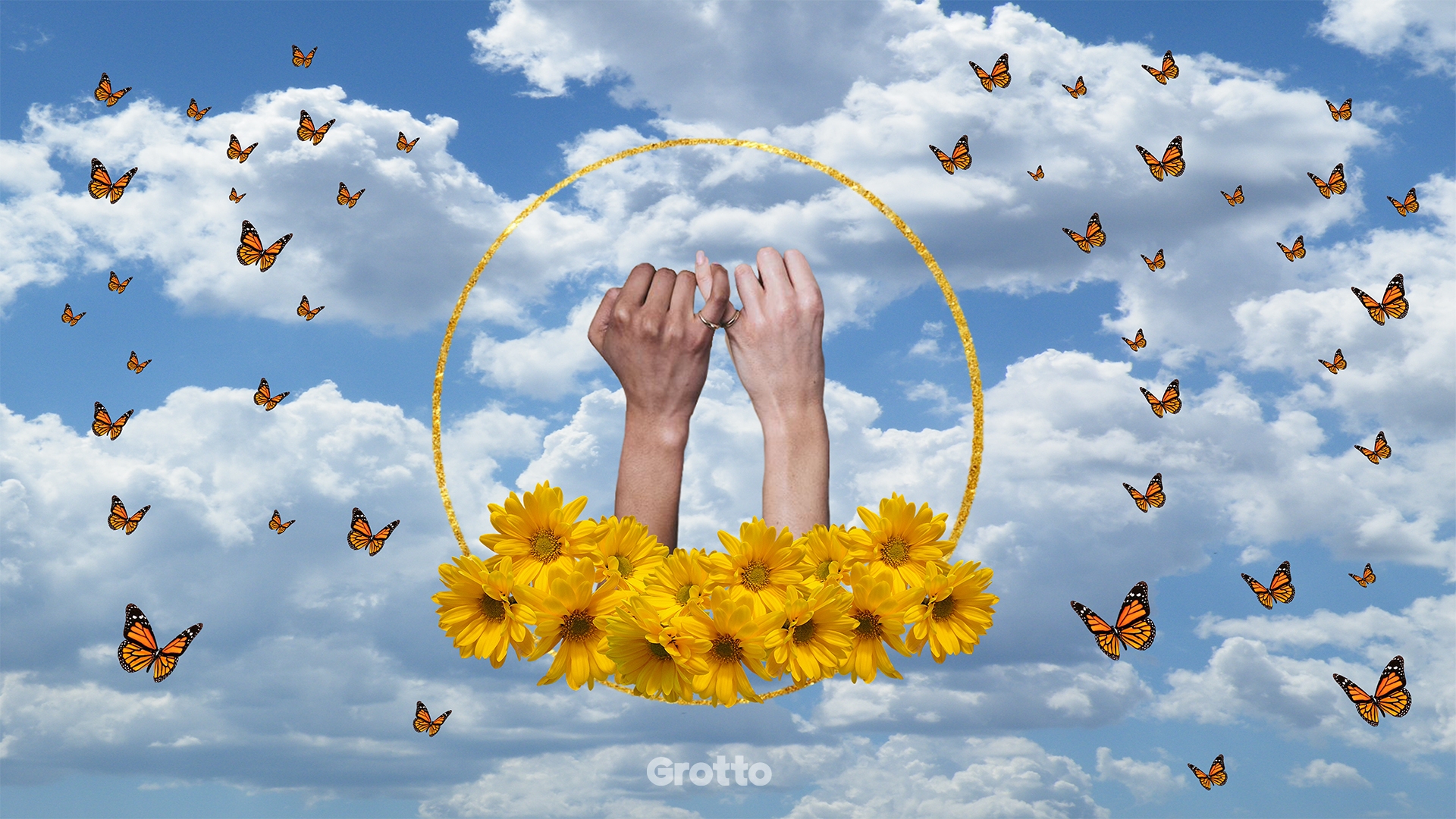
Over the river and through the woods, to primary school we go?
Melvi, a 10-year-old fourth grader from Indonesia, spends hours each day paddling through water, maneuvering over slick rocks, and even balancing near the edge of a cliff — quite literally, overcoming obstacles — on his daily trek to the classroom.
Nine-year-old Opi endures blazing heat as she travels with a backpack through her remote Bangladeshi village, facing added discomfort and danger on her way home from school, when the sun has set and darkness obscures her path.
Jenel, age 8, walks in between sugarcane crops that tower over his small body — encountering snakes and sharp rocks along the way — then drenching himself in a river to cool down before entering the classroom.
These students risk their lives to sit at a desk each day, yet they are considered lucky. Many parents prohibit their kids from receiving an education at all, understandably wary of the drastic measures they must employ to reach their destination. In fact, 57 million children around the world do not attend primary school — but not by choice.
Right to education
A lack of safe, accessible transportation and infrastructure in the very countries with the highest illiteracy rates — such as Ethiopia, Chad, Mauritania, and Haiti — continues to violate the fundamental right of basic education. Dedicated kids, ones just like Melvi, Opi, and Jenel, are unjustly deprived of schooling, often forced to occupy their time by engaging in the brutal practice of child labor.
Let the folks who recognize and celebrate Human Rights Day this December consider educating others about this underrepresented form of oppression, in which young, eager students are told their dreams are too big, because their school is too far.
Fatigued children who make excessive sacrifices to reach their destination often do not receive a quality education in return, according to T.J. D’Agostino, associate director of the Alliance for Catholic Education (ACE) in Haiti.
“We know that the amount of instructional time is predictive of how much kids learn,” he says. “We also know that kids aren't learning nearly enough in schools in poor countries. In most countries in sub-saharan Africa and Haiti, about 50 percent of kids cannot read a single word by the end of second grade.”
D’Agostino envisions a correlation between insufficient education and hunger, since students are usually too far from home to walk back for lunch, and schools often cannot afford to provide meals.
“Needless to say, being hungry affects students’ ability to concentrate and learn,” he says. “But perhaps even more importantly, it means that the school day needs to end really early, usually by around noon, so kids can go home and eat.”
A neglected cause

Media depictions of schools in rural parts of Southern Asia and Africa often emphasize poor sanitation, lack of nutritious cafeteria food, and slim selection of eligible teachers, but the sheer lack of access to these educational institutions is often left out. The astounding illiteracy rates and high percentage of child workers earn publicity, while the direct cause of those disheartening statistics does not.
The millions of children who will never set foot in a classroom, along with the millions who fear for their lives while journeying miles to school, deserve reliable methods of travel, if not educational institutions built closer to their homes. A 2015 United Nations report refers to establishing public transportation networks as a “crucial” step in eradicating the recurring cycle of poverty, which a lack of education fuels. In fact, increasing students’ access to primary education could potentially raise a nation’s gross domestic product per capita by up to 23 percent.
But illiteracy rates remain below 50 percent in 10 nations, and foreign aid and donations to schooling initiatives declined four percent in 2012, even after global actors such as the UN iterated the severity of the issue and classified enrolling all children in primary school as a priority. Unfortunately, many people mistakenly assume that a lack of education automatically indicates an absence of resources, skill, or motivation, when in fact it usually reveals more about students’ location than their attitudes.
A glimmer of hope
Though the issue persists, nations with high illiteracy rates continue to make noteworthy progress in regard to finding a solution, according to D’Agostino. Hope exists.
“We have cut in half the number of primary-school-aged kids not in schools,” he says. “There have been large improvements in access to primary school globally in the last 15 years.”
In fact, the past two decades have paved the way for a decline in illiterate youth, from 170 million children to — a still troubling, but more manageable — 115 million; females still experience disproportionate levels of illiteracy, however.
On Human Rights Day, December 10, as you embrace the noteworthy strides taken and the seemingly insurmountable challenges overcome, also remember the children who must endure treacherous routes to reach the nearest store, hospital, or school. Infringement upon their deserved educational opportunity should not be forgotten, as even those who brave the risky conditions often face violence and threats along the way. Although the path to this issue’s resolution may be far from straight and narrow, so too is many students’ venture to school.




















